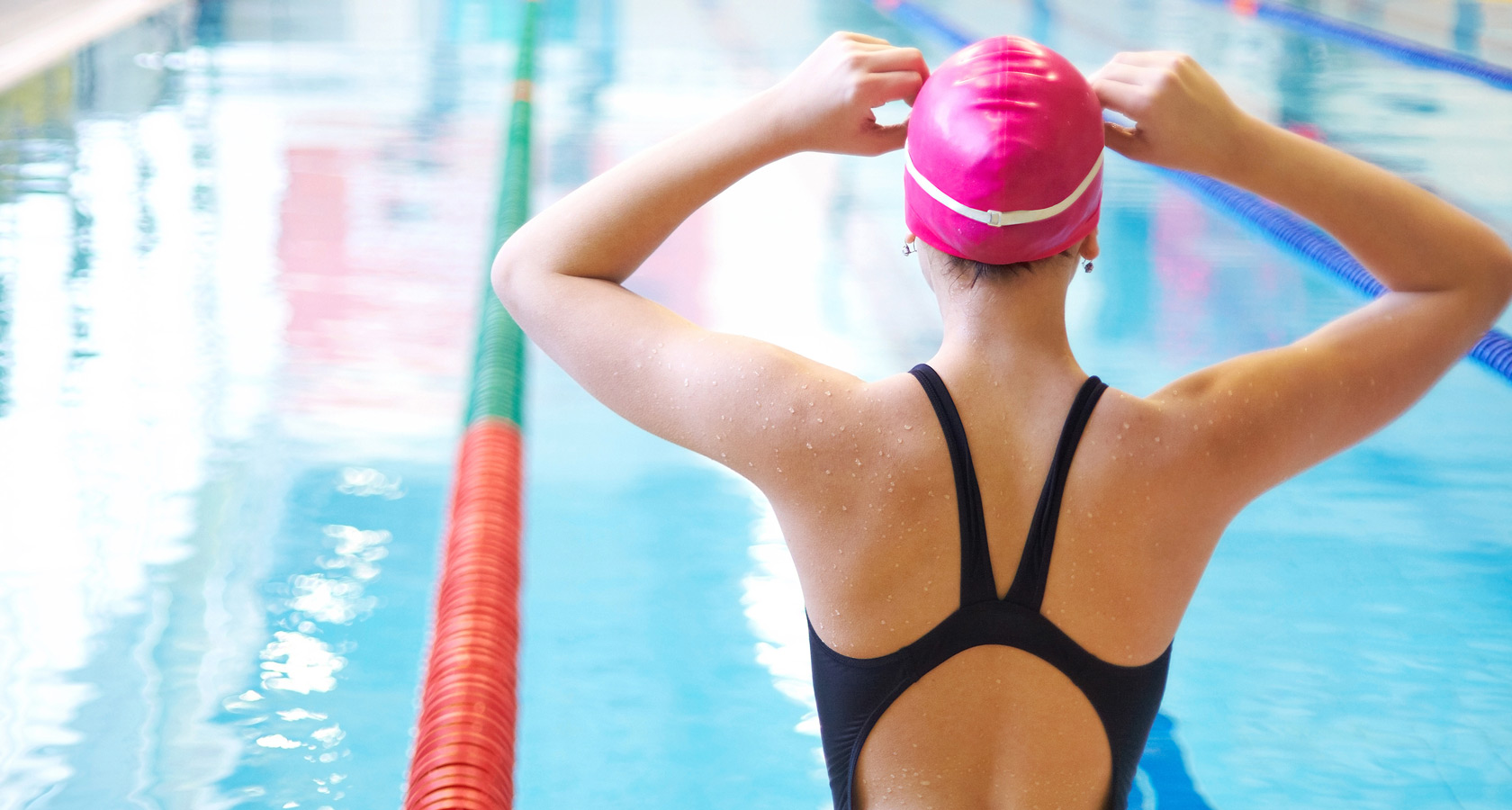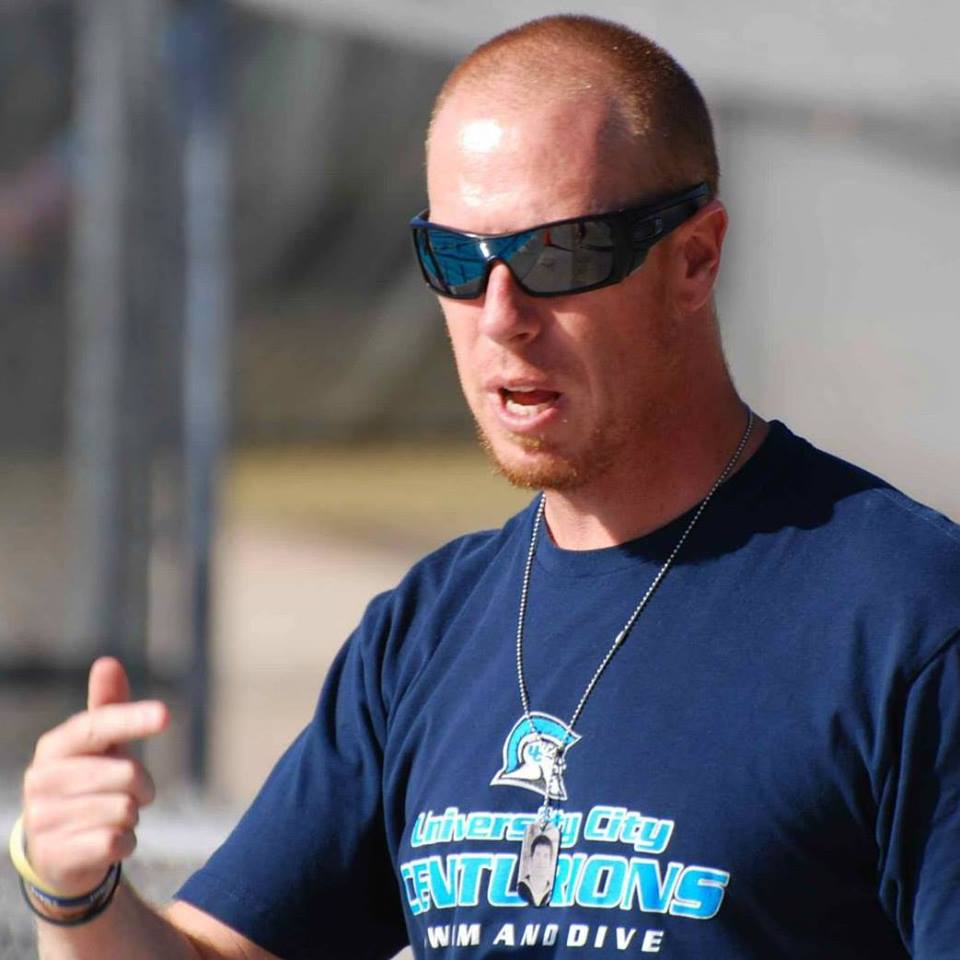3 Keys to Making the Jump from Swimmer to Triathlete
If you’ve been a competitor swimmer who has caught the triathlon bug, you have some inherent advantages to help you with the transition into the sport. However, there have been a number of great swimmers who never seemed to translate their pool success to the open water.
Open water swimming in triathlon is very different from the pool, as the block starts, breakouts, flip turns and streamlines are basically eliminated from the competition. Much of these skills that were honed through years of swimming are no longer applicable when in the open water. But the element of strategy does become much more important, and with a few adaptations to your approach, you can leverage your swim skill for success in triathlon.
Here are three keys to making the jump to from swimmer to triathlete.
1. Pacing with Purpose
In longer events in the pool, pacing becomes a critical skill. Go out too fast, and you’ll pay dearly for it. Swimmers train to swim a specific pace. Now with so much crowding early on in mass or even wave starts, it is important to start fast enough to limit the crowding around you, and get to clean water where you can settle into your pace or pack. Though this isn’t good pool pacing, it is pacing with purpose, as it serves to allow you to maximize your swim ability, and leverage other good swimmers around you or the opportunity to go off on your own.
This type of pacing must be implemented in training for it to serve its purpose, especially as the competitive level increases. Otherwise, you’re suddenly swimming a race style you’re not prepared for, and hurting your swim skill advantage.
2. Drafting and Conservation of Energy
Swim races in a pool rarely dictate that a swimmer holds back their efforts, but in a triathlon, the fastest swimmer is rarely the winner. Remember, it is a swim-bike-run race, not a swim race. The longer the race, the more important it is that you get in the best pack you can and draft in order to conserve energy for the rest of the race — and recover from the initial surge. A drafting position inside of 1 meter to another swimmer can benefit you with 10 percent less effort to swim the same pace, sometimes more.
If you’re a good enough swimmer that you feel your best chance to perform well is not to settle into a pack and go off the front, then you should go back to key No. 1, and understand that your purpose for your pacing now becomes going so fast at the beginning that no one can draft and conserve their energy behind you. Beware though, currents can play a big role in your success with this strategy, which is a variable not found in the pool.
3. Prepare for the Scrum of Open Water
As your goals get higher, the level of competition you face will increase. This means more swimmers of similar ability to you and likely bigger crowds in the water. These crowds and the competitive level they race at usually means a lot of contact. Grabbing, pulling, bodies crawling over each other, big kicks and general bumping are all to be expected in a high-level race. To be prepared for it, one must practice it and become accustomed to it, so it doesn’t shake your confidence and take you out of your game plan, losing the advantage you have in the first place.
Even if you don’t have aspirations for higher levels of competition, working your way through the field in a wave start can create a lot of contact as well and sometimes frustrate an athlete. You need to find quality swimmers to train with and do open water intervals with either in a large body of water with buoys or in a pool with the lane lines removed. Make these efforts competitive, so they accurately represent the race demands you will face.
Your swim skill is a huge advantage, and no matter the distance or style of race you do, it will always help you. How much you maximize it will depend on how well you address these three keys. Good luck!


